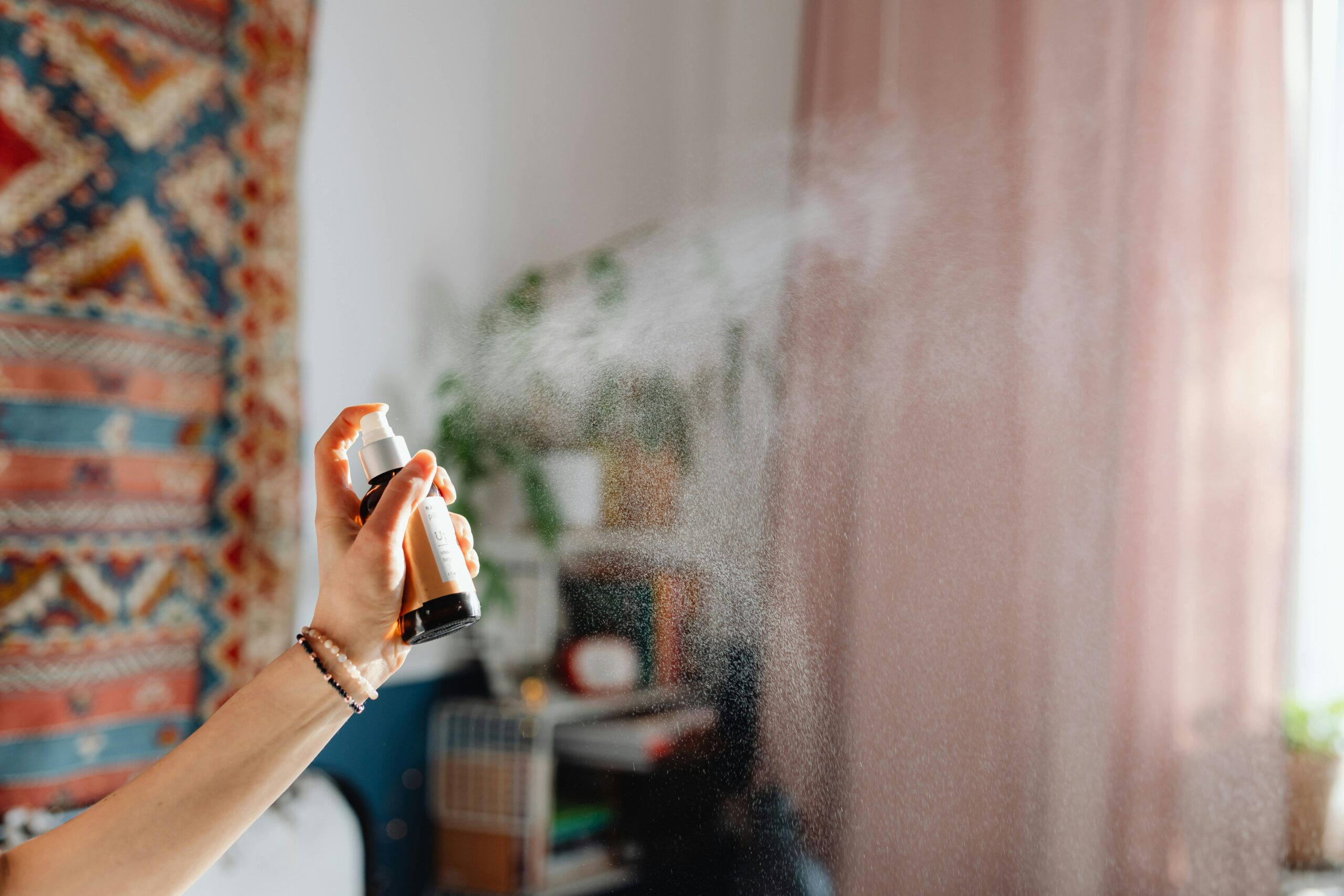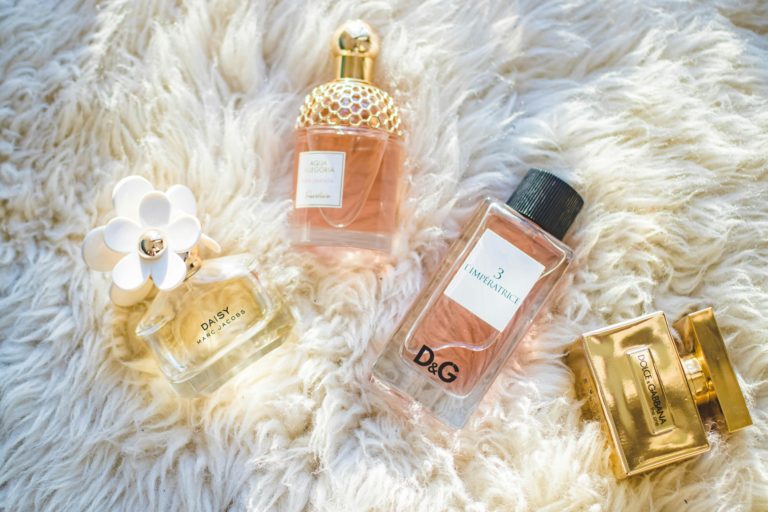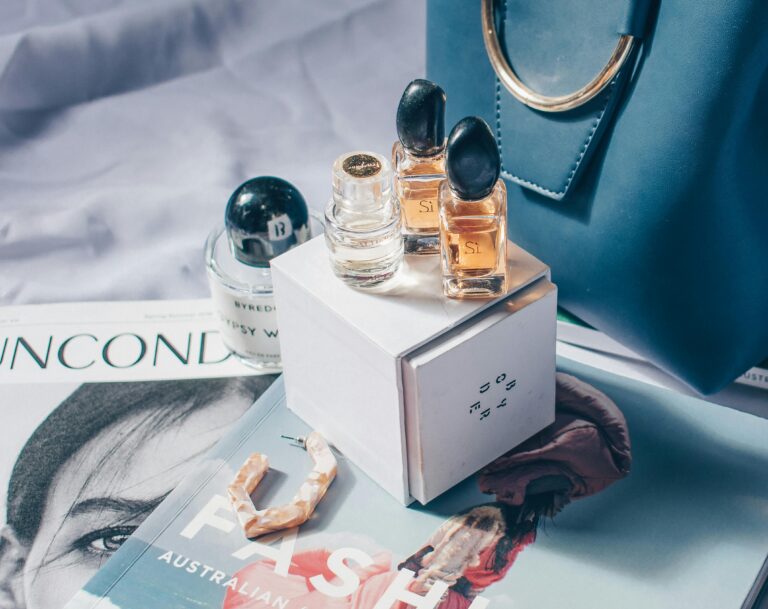Nothing transforms a space quite like a fresh, inviting scent. However, many store-bought air fresheners contain harmful chemicals that can irritate the skin, trigger allergies, or contribute to indoor air pollution.
Fortunately, creating your natural room spray at home is simple, affordable, and much healthier. DIY room sprays allow you to customize fragrances, avoid synthetic additives, and bring a refreshing aroma to any room in your home.
In this article, we’ll explore a variety of easy, natural room spray recipes using essential oils and other everyday ingredients, ensuring your living spaces always feel fresh and welcoming.
Why Choose DIY Room Sprays?
Making your own room spray has multiple benefits beyond just the pleasant scent. Here are some reasons why you should consider switching to DIY natural room sprays:
- Eco-Friendly: DIY sprays typically use fewer ingredients and less plastic packaging than commercial alternatives, reducing your environmental impact.
- Chemical-Free: By using all-natural ingredients like essential oils and distilled water, you avoid exposure to potentially harmful chemicals like phthalates and parabens often found in commercial air fresheners.
- Cost-Effective: Store-bought room sprays can be expensive, but making your own can save you money in the long run, especially if you reuse bottles and ingredients.
- Customizable Scents: With DIY sprays, you can tailor the fragrance to your personal preferences by experimenting with different essential oil blends.
Now, let’s dive into some easy-to-make recipes for fresh, natural room sprays.
Basic Ingredients for DIY Room Sprays
Before you start, it’s helpful to understand the key ingredients used in these recipes. Here are the essentials:
- Essential Oils: These are the star ingredients for natural fragrance. Popular essential oils for room sprays include lavender, eucalyptus, lemon, peppermint, and tea tree oil. Each oil offers different aromatic and therapeutic properties.
- Distilled Water: This is the main base for most room sprays. It’s preferable to tap water because it’s free of impurities and ensures the spray remains fresh for longer.
- Witch Hazel or Vodka: Both act as natural preservatives and help the essential oils blend more evenly with the water. They also aid in the quick evaporation of the spray, leaving behind a fresh scent.
- Spray Bottles: Glass spray bottles are the best choice since essential oils can degrade plastic over time. You can find affordable ones online or reuse old glass bottles.
DIY Room Spray Recipes
1. Refreshing Citrus Burst Spray
Citrus scents are uplifting and energizing, making this spray perfect for kitchens or living spaces. The combination of lemon and orange essential oils creates a crisp, clean aroma.
Ingredients:
- 1 cup distilled water
- 2 tablespoons witch hazel or vodka
- 10 drops lemon essential oil
- 10 drops sweet orange essential oil
Instructions:
- Add the distilled water and witch hazel or vodka into the spray bottle.
- Drop in the lemon and sweet orange essential oils.
- Shake well before each use and spritz around the room to freshen the air instantly.
2. Relaxing Lavender & Vanilla Spray
This calming blend is ideal for bedrooms or spaces where you want to create a relaxing atmosphere. Lavender promotes relaxation, while vanilla adds a soft, comforting note.
Ingredients:
- 1 cup distilled water
- 2 tablespoons witch hazel or vodka
- 15 drops lavender essential oil
- 5 drops vanilla extract (optional)
Instructions:
- Combine the distilled water and witch hazel or vodka in a spray bottle.
- Add the lavender essential oil and vanilla extract.
- Shake well and spritz in bedrooms or relaxation spaces before sleep.
3. Purifying Eucalyptus & Mint Spray
Eucalyptus and peppermint essential oils have refreshing, antibacterial properties that purify the air. This spray is great for bathrooms or spaces that need extra freshness.
Ingredients:
- 1 cup distilled water
- 2 tablespoons witch hazel or vodka
- 10 drops eucalyptus essential oil
- 10 drops peppermint essential oil
Instructions:
- Mix the distilled water and witch hazel or vodka in the spray bottle.
- Add the eucalyptus and peppermint essential oils.
- Shake well before each use, and spray as needed to refresh and disinfect.
4. Cozy Cinnamon & Clove Spray
This warm, spicy blend is perfect for the cooler months. Cinnamon and clove create a cozy, inviting scent that’s ideal for living rooms or entryways.
Ingredients:
- 1 cup distilled water
- 2 tablespoons witch hazel or vodka
- 8 drops cinnamon essential oil
- 8 drops clove essential oil
- 5 drops orange essential oil
Instructions:
- Add the distilled water and witch hazel or vodka to a spray bottle.
- Drop in the cinnamon, clove, and orange essential oils.
- Shake well and spritz in your home to create a warm, welcoming atmosphere.
5. Floral Garden Bliss Spray
For a floral, refreshing scent, this blend of rose and geranium oils is perfect. It’s great for any space where you want to add a touch of natural fragrance.
Ingredients:
- 1 cup distilled water
- 2 tablespoons witch hazel or vodka
- 10 drops rose essential oil
- 10 drops geranium essential oil
Instructions:
- Combine the distilled water and witch hazel or vodka in your spray bottle.
- Add the rose and geranium essential oils.
- Shake well and spritz for a delicate floral scent that lifts your mood.
Tips for Customizing Your Room Sprays
Experimenting with different essential oil combinations can lead to unique fragrances that suit your home’s atmosphere. Here are some ideas:
- Create Seasonal Blends: Use warmer scents like cinnamon and clove in the winter and refreshing scents like citrus or mint in the summer.
- Adjust Intensity: If you prefer a stronger scent, add more drops of essential oil. Start small, as a little can go a long way.
- Label Your Sprays: Make sure to label your spray bottles with the name of the blend and the date you created them to keep track of freshness.
How to Use DIY Room Sprays
Using a DIY room spray is simple and can transform any space instantly. Here are a few tips for getting the most out of your homemade sprays:
- Shake Before Use: Since essential oils don’t naturally blend with water, always shake the spray bottle well before each use to disperse the oils.
- Spritz Lightly: A few sprays in the air or on fabrics like curtains and cushions can refresh a room for hours.
- Avoid Spraying on Delicate Surfaces: Essential oils can sometimes stain fabrics or damage certain surfaces. Test the spray on a small area first, especially on wood or leather.
- Refresh as Needed: You can use room sprays daily or whenever your home needs a burst of fresh scent.
Conclusion
Creating your own natural room spray recipes is a fun and rewarding way to keep your home smelling fresh without relying on chemical-laden products. With just a few simple ingredients, you can make customizable sprays that suit your mood, your space, and even the seasons. These DIY sprays not only make your home smell wonderful but also promote a healthier environment by avoiding synthetic fragrances.
FAQs
1. How long do DIY room sprays last?
DIY room sprays typically last between 1 to 3 months, depending on the ingredients used. Adding witch hazel or vodka helps preserve the spray for a longer time. Always store your sprays in a cool, dark place to extend their shelf life.
2. Can I use tap water instead of distilled water in room sprays?
While tap water can be used, distilled water is preferred because it’s free of impurities and won’t affect the quality of the spray. Using distilled water also helps prevent the growth of bacteria in the spray.
3. Can I use essential oils directly on fabrics or skin?
It’s not recommended to apply essential oils directly to fabrics or skin without diluting them first. Essential oils are highly concentrated and can cause irritation or stains if not properly diluted.
4. How many drops of essential oil should I use in a room spray?
A typical room spray recipe calls for 15-30 drops of essential oil per 1 cup of water. You can adjust this based on your preference for a stronger or milder scent.
5. Are there essential oils that should be avoided around pets?
Yes, some essential oils, such as tea tree, eucalyptus, and peppermint, can be harmful to pets if inhaled or ingested. Always research pet-safe oils or consult your vet before using room sprays in homes with pets.
6. Can I use a plastic spray bottle for my DIY room spray?
While plastic bottles can be used, glass bottles are highly recommended, especially for essential oil-based sprays. Essential oils can degrade plastic over time, leading to leaks or chemical reactions.



